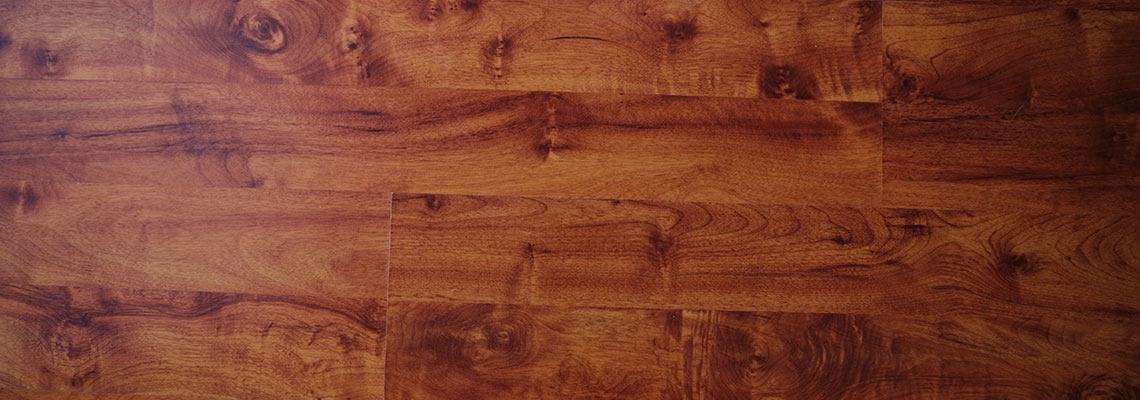
-
20 March, 2025
-
Sanding UK
If you think you’ve seen every wood floor finish imaginable, think again. Flooring design continues to evolve, and one of the latest standout trends is French Bleed hardwood flooring. With its dramatic edge detailing and antique charm, this finish adds a distinctive touch that transforms any space—whether you prefer rustic vibes or modern sophistication.
Unlike traditional finishes that aim for uniformity, French Bleed enhances the natural outline of each plank by staining the bevelled edges in a darker tone, creating a striking contrast that gives depth, dimension, and character to your floor. It’s a stylish alternative to conventional finishes and works beautifully in both residential and commercial interiors.
Whether you are considering refinishing your existing hardwood floors or investing in new flooring with personality, French Bleed is a finish worth exploring. Let’s take a closer look at what makes it so appealing.
What Is French Bleed Hardwood Flooring?
French Bleed is not a type of wood but a finishing technique that dramatically alters the look of traditional hardwood planks. The style is achieved by darkening the bevelled edges of each plank, creating the appearance that colour is “bleeding” into the seams. This bold edge detail gives each board a defined outline and contributes to a rich, dimensional effect across the entire floor.
This technique brings a vintage, timeworn appeal to the flooring while still fitting seamlessly into modern and rustic interiors alike. Because it’s a finish, French Bleed can be applied to a wide range of wood species, including oak, walnut, cherry, maple, and even engineered hardwood. The visual result is a floor that looks aged, elegant, and full of character.
Pros and Cons of French Bleed Hardwood Flooring
French Bleed flooring is undeniably stylish, but like any finish, it comes with both strengths and limitations. Understanding these can help you make the best decision for your space and lifestyle.
Benefits
- Visual depth: The darkened bevels create a sense of depth and dimension across the floor.
- Uniqueness: Offers a distinctive, antique-inspired look not commonly found in standard finishes.
- Style flexibility: Pairs well with rustic, traditional, and modern interiors alike.
- Resale appeal: Adds character and value to your home, making it more attractive to buyers.
Drawbacks
- Design fit: The bold appearance may not suit ultra-minimalist or Scandinavian-style interiors.
- Cost: Achieving a French Bleed finish may involve custom work, which can be more expensive than standard finishes.
Maintenance Tips for French Bleed Floors
To keep French Bleed hardwood floors looking their best, it’s important to follow a simple yet consistent maintenance routine. While these floors are durable, their unique bevelled edge and finish require specific care to preserve their charm and longevity.
- Regular Cleaning: Sweep or vacuum regularly to remove dust and debris from the bevels where dirt can collect more easily.
- Avoid Harsh Cleaners: Use only pH-neutral wood floor cleaners to prevent damaging the finish or causing discolouration.
- Periodic Recoating: Refresh the protective layer every few years to maintain shine and protect the darkened edges—consider professional wood floor recoating for best results.
- Waxing or Oiling: Depending on the product, occasional re-oiling or light waxing may be advised to revive the finish and boost durability.
Is French Bleed Right for Your Home?
French Bleed hardwood flooring is a bold design choice that works beautifully in many homes—but it’s not for everyone. It’s ideal for those seeking a statement floor with timeless appeal and added depth. This finish pairs well with both traditional and contemporary styles, offering a refined touch without overwhelming the space.
If your home has smaller rooms or limited natural light, the contrast created by French Bleed can help open up the space visually. It’s also a great option if you want to blend classic hardwood sophistication with a slightly modern twist. On the other hand, if you prefer completely seamless or minimalistic floor designs, the dark bevels might feel too pronounced for your taste.
Ultimately, French Bleed is perfect for those who appreciate a floor that tells a story, offering a rich blend of texture, tone, and character.
Add Timeless Elegance with French Bleed Flooring
French Bleed hardwood flooring brings a level of depth and character that few other finishes can match. Its darkened bevels and antique-inspired style offer a dramatic, elegant look that suits a wide variety of interiors. Whether you are designing a rustic retreat or a contemporary haven, this finish adds a refined and unique element to your space.
To ensure your French Bleed floor stays beautiful for decades, proper cleaning and periodic maintenance are key. We offer expert advice and professional services such as floor recoating and wood floor re-oiling to help you preserve that rich, vintage look.
Ready to explore more finishing styles or need help with restoring your existing hardwood floor? Contact us today or book your free site visit to get personalised recommendations from our expert team.
Frequently Asked Questions
Still wondering if French Bleed is the right finish for your home? Here are answers to some of the most common questions.
Is French Bleed suitable for small spaces?
Yes. In fact, the contrast between the dark bevels and lighter wood can visually expand a room, making it appear more spacious.
Does French Bleed require more maintenance?
No special maintenance is required beyond regular wood floor cleaning and occasional recoating or re-oiling. Avoid harsh cleaners that could damage the stained bevels.
Can I achieve this look with engineered wood?
Absolutely. French Bleed can be applied to both solid and engineered wood floors, as long as the bevel edge is present to highlight the darkened groove.
How long does the finish last?
With proper maintenance, the French Bleed finish can last 10–15 years or more. Occasional sanding and refinishing can restore its original beauty when needed.
